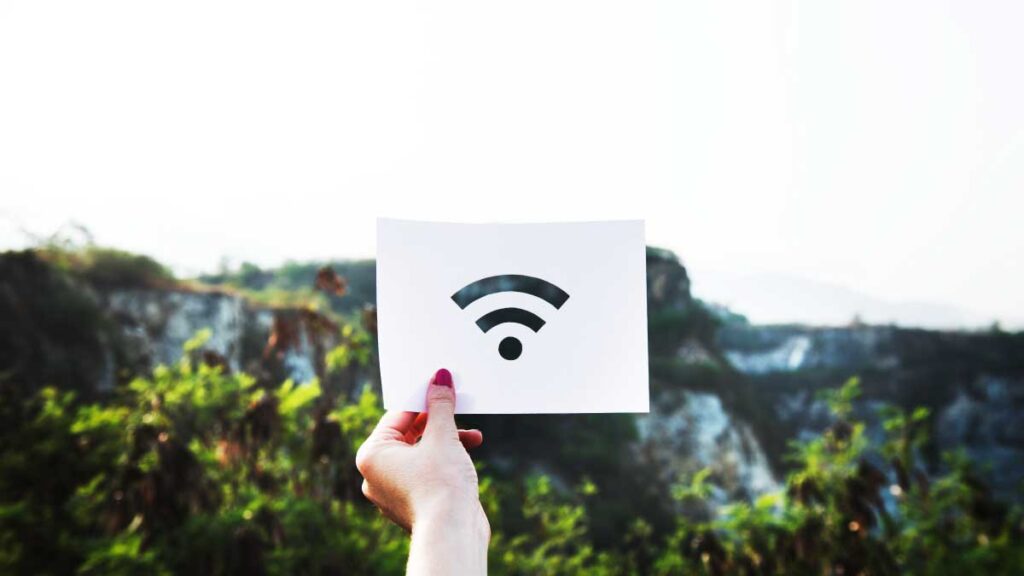Overview
In response to a request from the Office of Digital Equity and Literacy, the NC Healthcare Broadband Coalition has completed a focus group assessment of the NC Healthcare -experience with telehealth. The findings show telehealth works, it is well-liked by patients, it is sustainable in the right context, it’s potential is being realized today and is full of promise for the future. However, several barriers continue to hinder telehealth adoption by patients and providers. So, while the potential is real, current telehealth services are still far from realizing their potential.
Background
The Office of Digital Equity and Literacy is allocating $24m for its digital equity program. The program has two phases; the first phase awards $10 million to state agencies, universities and community colleges for digital literacy training, device access and digital inclusion planning; the second phase will award $14 million to municipalities and nonprofits, community-based organizations, and key stakeholder groups for local digital inclusion projects and device distribution. While this is the largest investment in digital equity ever expended in North Carolina, the need is considerable, and smart allocation of funding will be necessary to maximize program benefits. With this in mind, the state’s Office of Digital Equity and Literacy is engaged in an extensive listening campaign to better understand what North Carolina’s communities need and where the need is most acute. In addition, they are exploring various ways in which access to broadband can benefit these communities once it becomes available. Collectively better understanding where the needs and the potential benefits are greatest will inform their funding allocation decisions.
NC Healthcare Broadband Coalition Focus Groups
One way in which Office of Digital Equity and Literacy is listening to the needs of NC’s communities is through focus group discussions with representatives from key broadband stakeholders. NC’s healthcare providers are an important stakeholder across North Carolina. Healthcare providers rely on connectivity to foster collaboration among healthcare professionals, to conduct research and share findings, to market and promote practices, to share secure patient information, to provider patient education, and importantly, to practice telehealth. The Office of Digital Equity and Literacy approached the NC Healthcare Broadband Coalition to conduct focus groups to inform its plan and the allocation of its funding. The charge to the Coalition for the focus groups was to discuss the role of telehealth with a particular interest in telehealth in rural North Carolina. Who’s practicing telehealth? For what purposes is it being used? How widespread is the use of telehealth? What obstacles constrain the adoption of telehealth, and ultimately, can telehealth be a game changer for rural communities and their access to healthcare? The Coalition followed up with five focus group sessions including community health centers, hospitals and health systems, health departments, and behavioral health providers.
Focus Group Lessons-learned
Telehealth and the COVID Experience: The COVID pandemic accelerated the adoption of telehealth dramatically. Effectively, it was a school of hard knocks that taught healthcare providers a great deal about proper planning and adoption with a focus on a positive patient and provider experience. For the purposes of this focus group discussion, it’s particularly important to note how unprepared healthcare providers and their patients were with inadequate infrastructure and training. This points to the critical importance of connectivity and digital literacy both as we continue to use telehealth and possibly in the future when we encounter our next public health emergency.
What Has Happened to Telehealth Since?
Most of the respondents have seen their telehealth numbers drop substantially though most remained well above the pre-pandemic levels. Estimated telehealth use ranged from about 18 percent of patient visits to only occasional use. The key lesson here is that telehealth is “here to stay”. Telehealth is a legitimate and effective modality to provide healthcare, to make healthcare more accessible, and to complement more traditional modes of care. The expectation is that it will continue to grow in patient volume and as an intervention for different healthcare conditions.
The Barriers to Telehealth Adoption
The two primary barriers to telehealth adoption by patients are poor or non-existent connectivity and limited digital literacy. The focus group respondents all pointed to provider and patient experiences where “many of the indigent/homeless populations don’t have internet access or continuous cell phone plans. And next thing you know, they’re in the hospital again.” Poor connectivity contributes to poor healthcare access, and in turn, poor access leads to exacerbated conditions and worse outcomes with higher costs.
The Potential for Telehealth
As one of our respondents noted, the future of telehealth is unclear given the barriers and uncertainty around laws, regulations, and changing technologies, but many of the existing and potential benefits are apparent. Providing convenient access to primary care and specialty services, addressing healthcare “compliance” issues with “just-in-time” appointments, and personalizing care with the adoption of “wearables” like smart watches and Fitbits were all identified as important current and potential contributions by telehealth. With the advent of artificial intelligence, the potential is open-ended. At the same time, the focus group respondents believe that existing barriers, particularly problems with connectivity and digital literacy, represent a significant drag on realizing the telehealth potential.
Conclusion
Telehealth is here to stay. The pandemic showed us that it works, that patients want it, and it can be sustainable. At the same time, there are important barriers to fully realizing its potential. Two of the most important are poor connectivity and limited digital literacy. Our focus group respondents recognize this and are hopeful that the ARPA and BEAD funding will be allocated in a way that eliminates the digital divide in North Carolina.





